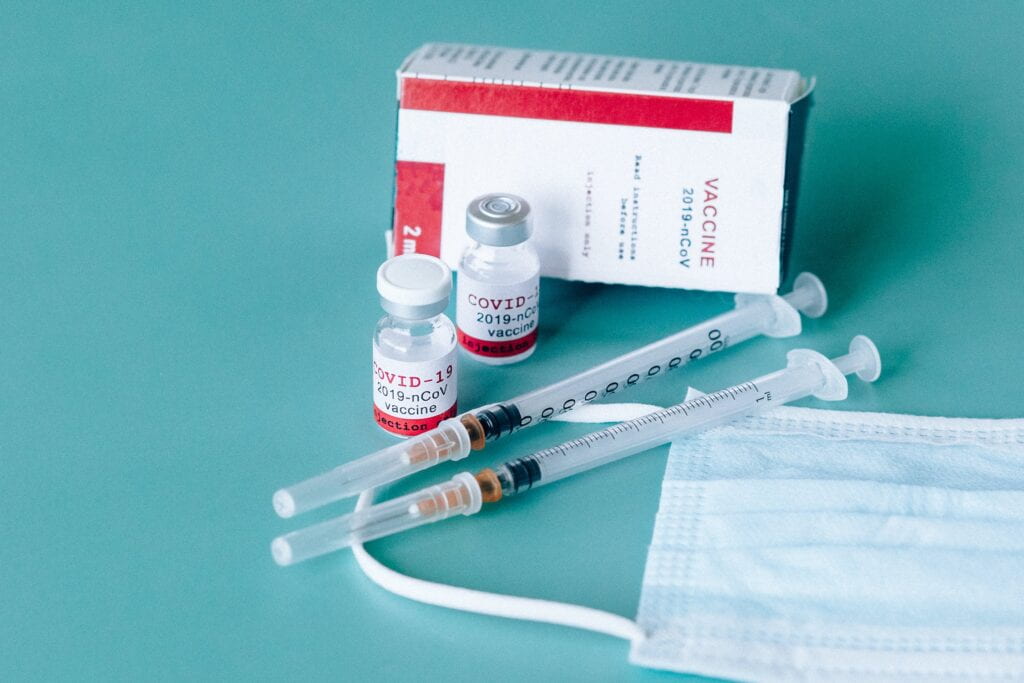This study used a stochastic discrete-event simulation (DES) model of a generic U.S.-based 200-bed tertiary hospital that has routine inpatient and outpatient services and covers COVID-19 and emergency cases. This model aims to show how the functionality of the hospital overall, within specific units, and within specialized designated care paths are impacted during various surge levels of COVID-19 patients. The 10 critical units that were included in this study are the Emergency Department (ED), Intensive Care Unit (ICU), Surgical Intensive Care Unit (SICU), Stepdown, Operating Rooms (ORs), internal general wards (IGW), ED Trauma, Preop, Post Anesthesia Care Unit (PACU), and laboratories.
In this investigation, operations details were modeled from the John Hopkins Hospital system and the John Hopkins Office of Critical Event Preparedness and Response. The four surge levels that were used (Getting Ready, Initial Onset, Outbreak, and Hot Spot) were categorized according to the influx of patients and capacity to treat. For instance, during the Hot Spot level, most of the hospital resources were re-directed to COVID-19 patient care paths.
The investigators ran each simulation for 62 days with the first twenty days considered as a warm-up period until the hospital reaches a steady state. Each outcome measured consisted of randomly generated activities given random values to capture the variability in day-to-day behaviors and situations of reality.
Key findings suggest that during the initial onset, half the number of ED beds and three-fourths of the number of IGW beds can house 75% of the typical ED demand. However, excess ED beds will be depleted and ICU will not be able to accommodate as high as 67% of patients, indicating that the hospital will still need to turn away emergency patients. Additionally, with 25 COVID-19 patients and 200 emergency patients arriving daily, each ICU bed can house up to 5 patients per month, which will decrease to 3.5 since COVID-19 patients have longer hospital stays than routine cases.
During the outbreak surge level, increasing IGW bed space requires canceling elective surgeries. This creates opportunities for COVID-19 and routine emergency patients, who may have been otherwise turned away, to receive care. Treatment options that reduce ICU length of stay by at least one day should be prioritized since this enhances capacity by 24%.
The Hot Spot surge level requires redesigning the hospital to accept COVID-19 patients only since this allows the facility to manage 5 times the usual number of cases. However, only threefold can be accommodated before standards of care start to diminish.
This study provides strategies to improve hospital functionality since it has been a great area of concern when responding to the impacts of the pandemic.
Read the full study here.

